Connecticut Plant Hardiness Zones Map And Gardening Guide
There’s a lot to know about Connecticut plant hardiness zones, including extreme weather, gardening tips, and plant suggestions!
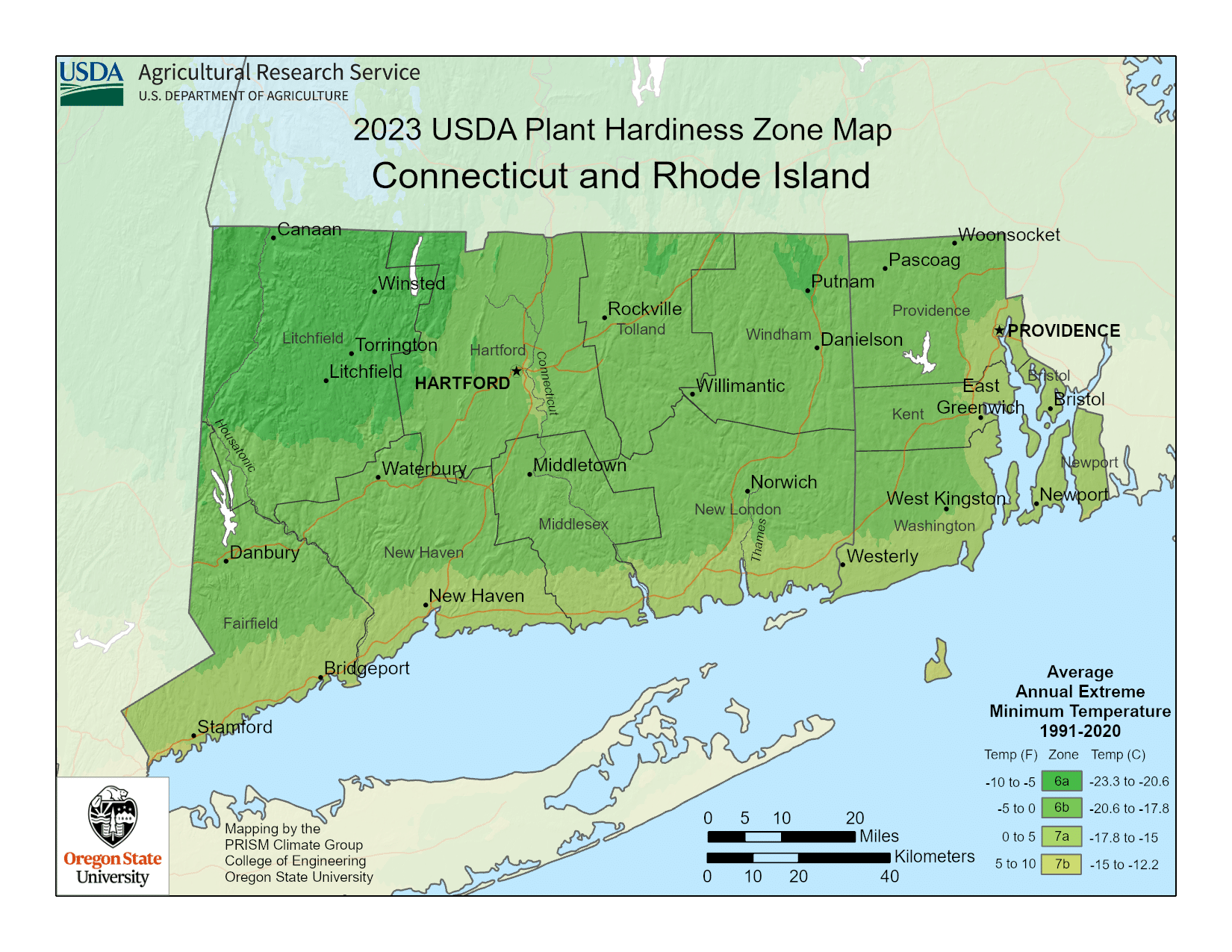
There’s a lot to know about Connecticut plant hardiness zones, including extreme weather, gardening tips, and plant suggestions!
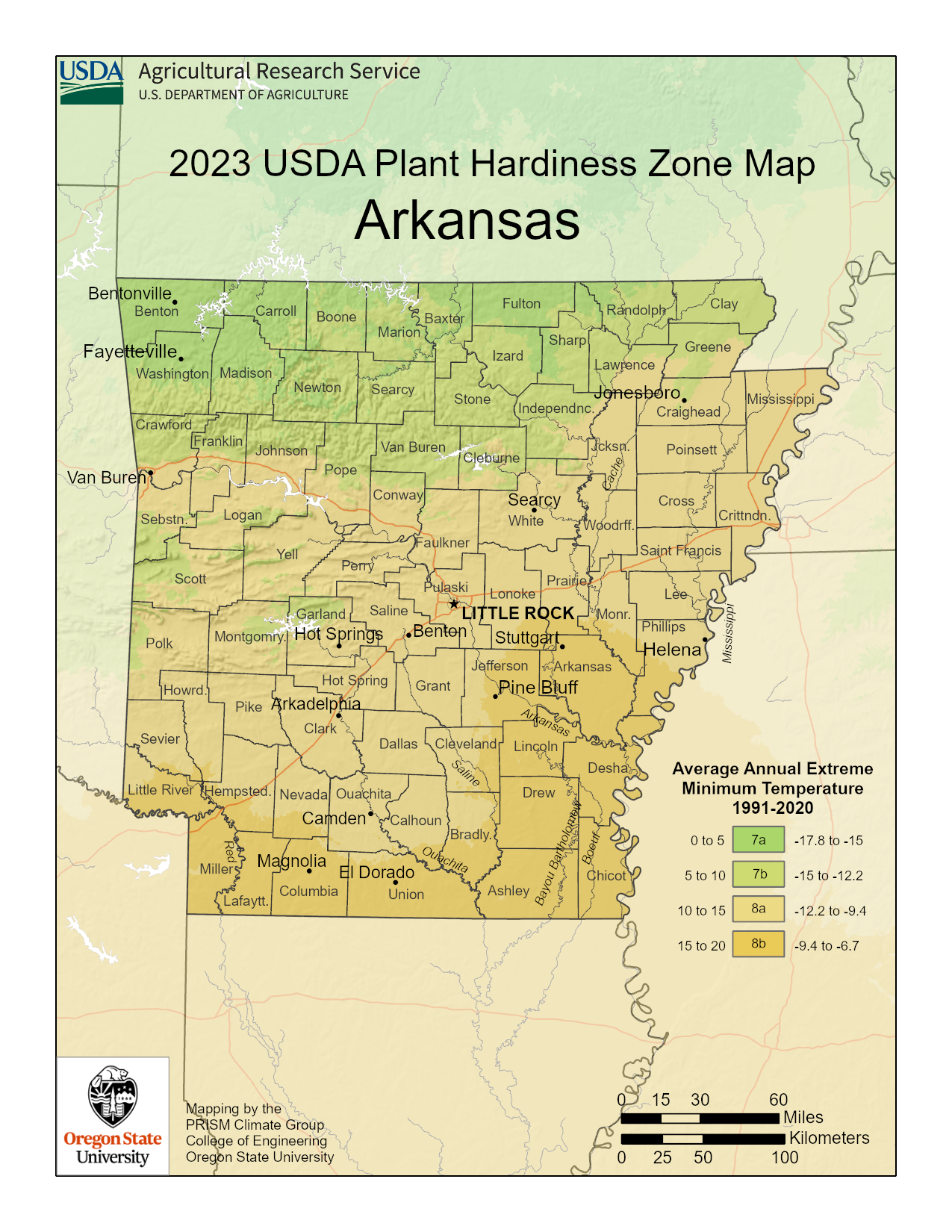
There’s a lot to know about Arkansas plant hardiness zones, including extreme weather, gardening tips, and plant suggestions!
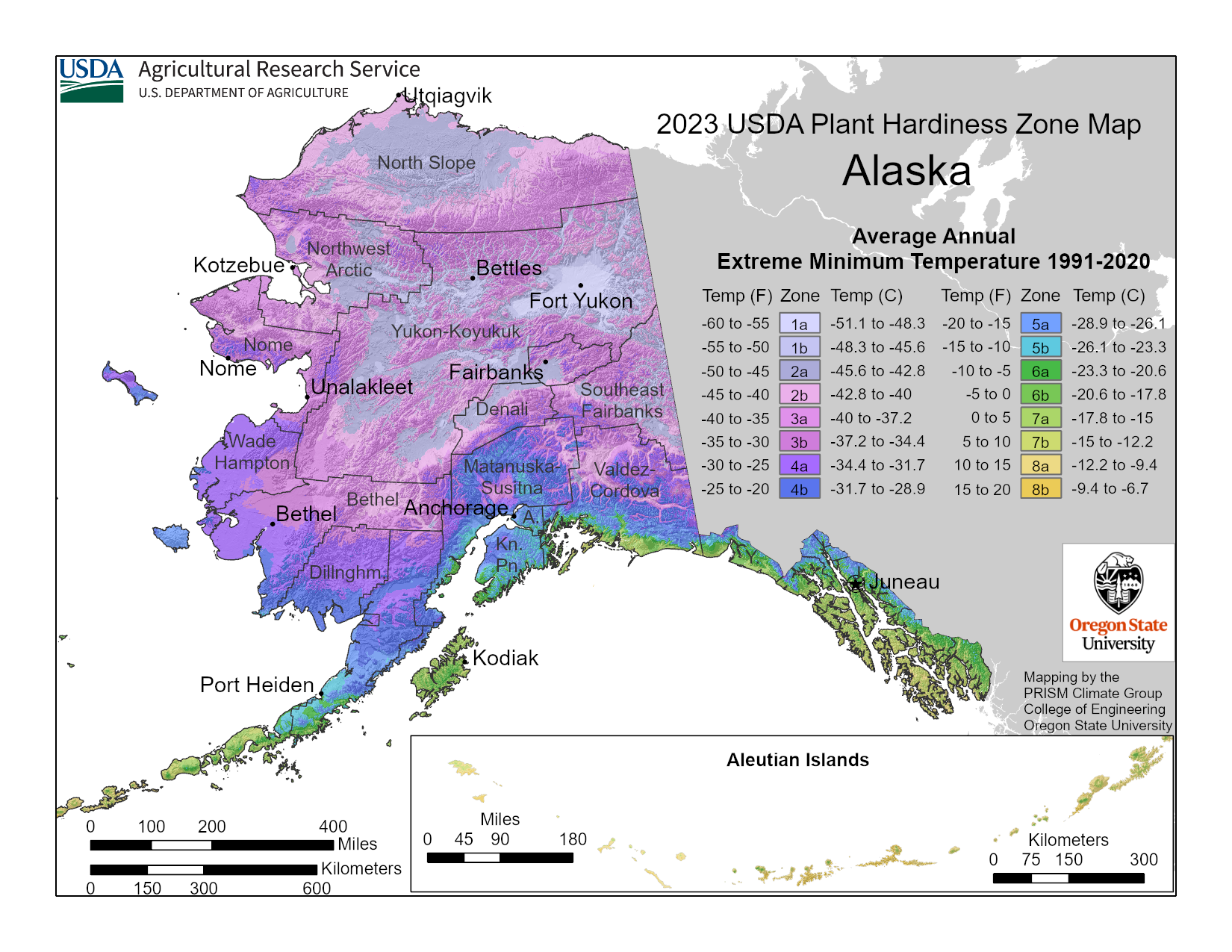
There’s a lot to know about Alaska plant hardiness zones, including extreme weather, gardening tips, and plant suggestions!
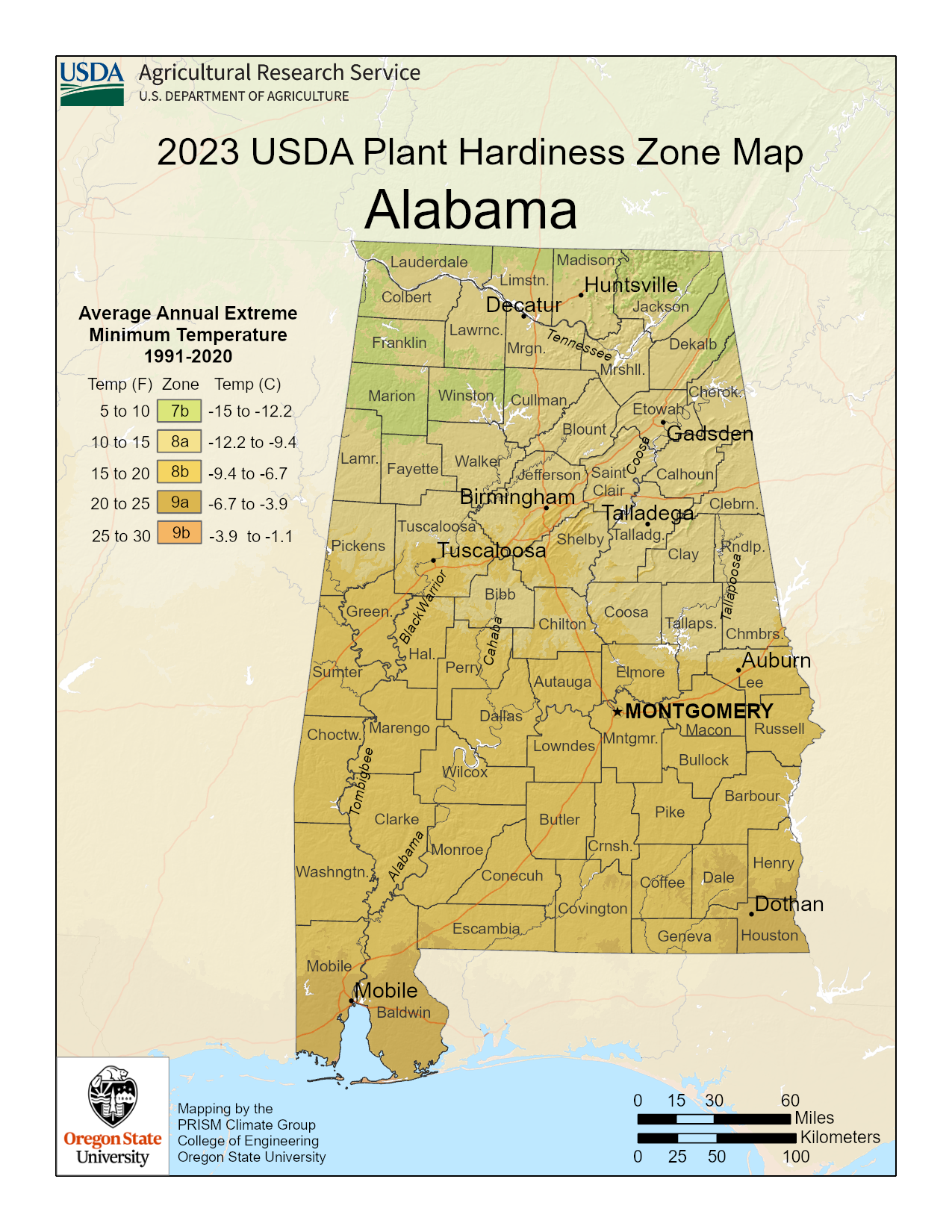
There’s a lot to know about Alabama plant hardiness zones, including extreme weather, gardening tips, and plant suggestions!
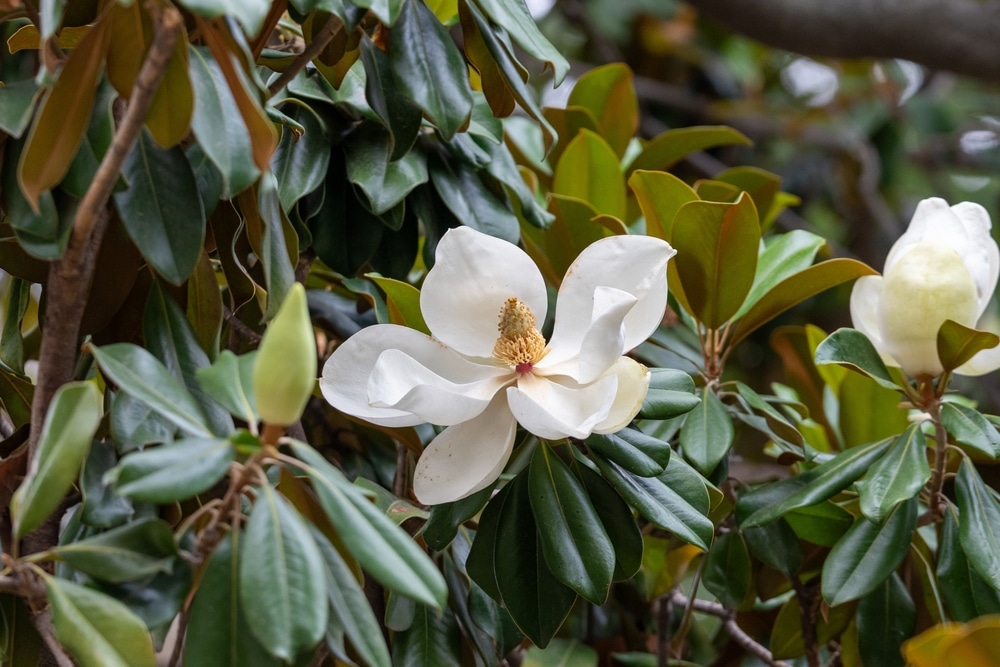
There is something almost otherworldly about a white flowering tree in full bloom.
No matter who you are or what your level of interest in plants is, such a tree draws your attention and requires a pause to take in its beauty.
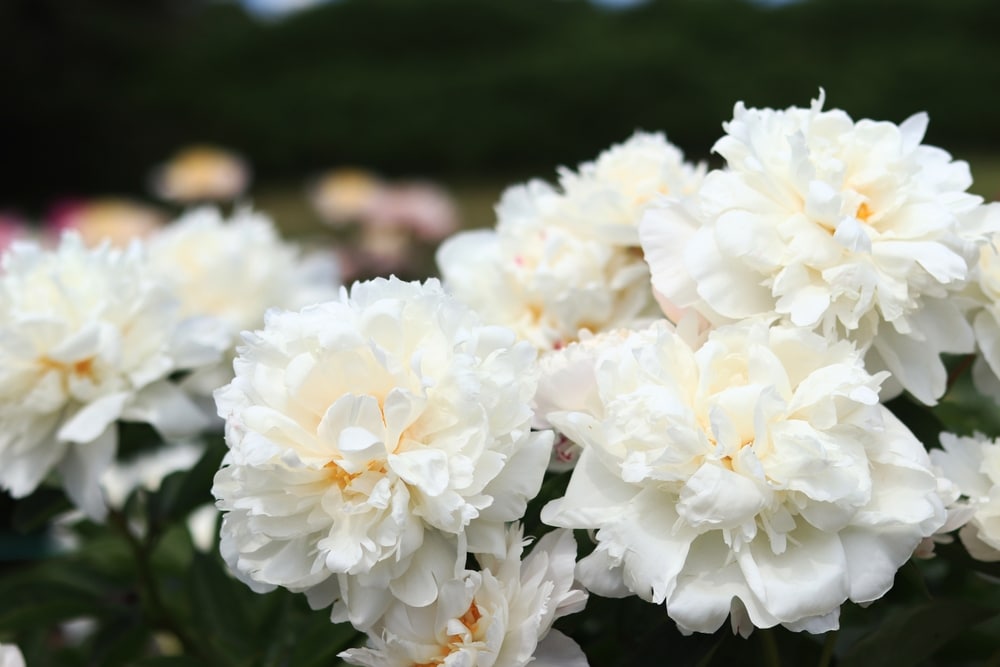
Color is a goal for many gardeners but there are several beautiful white perennial varieties you want to consider adding to your growing repertoire.
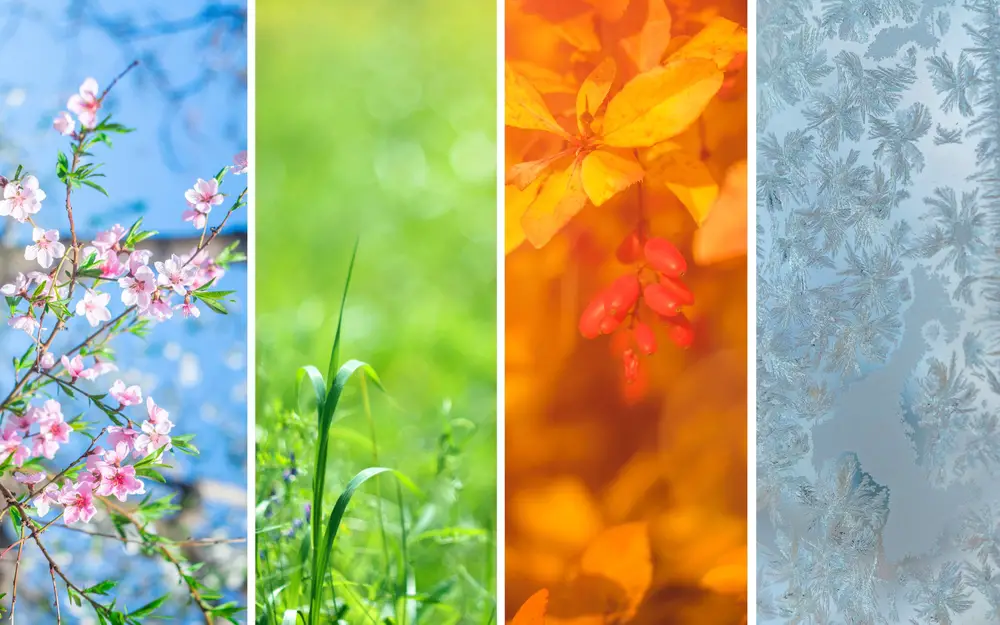
Whether you’re a seasoned gardener or just learning, you’ve likely heard about plant hardiness zones. But there’s more to know about them than just their classification and temperatures.
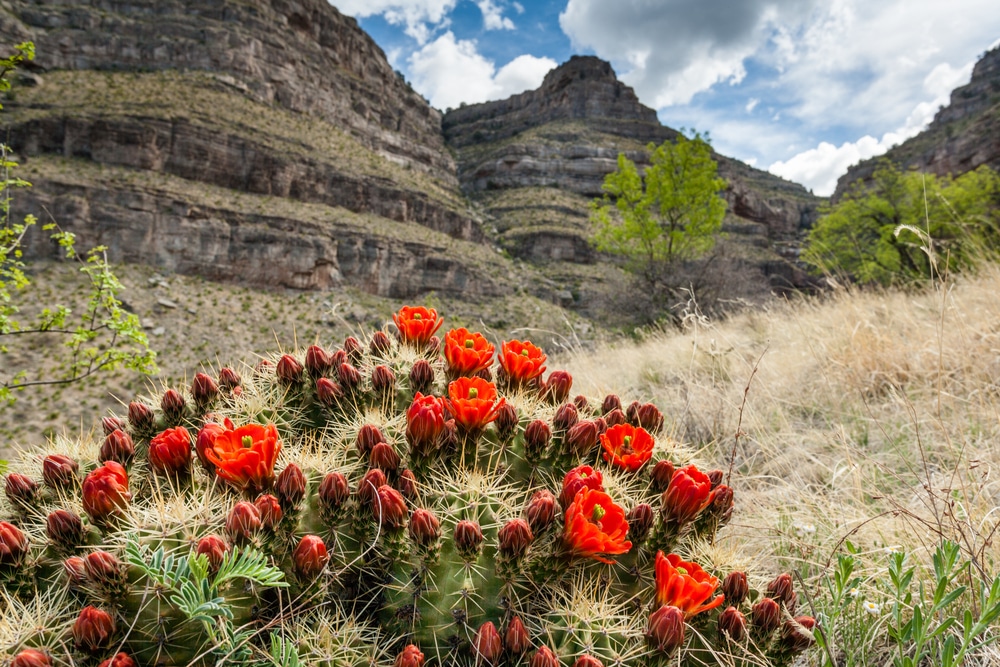
There’s a lot to know about New Mexico plant hardiness zones, including extreme weather, gardening tips, and plant suggestions!

There’s a lot to know about Idaho plant hardiness zones, including extreme weather, gardening tips, and plant suggestions!
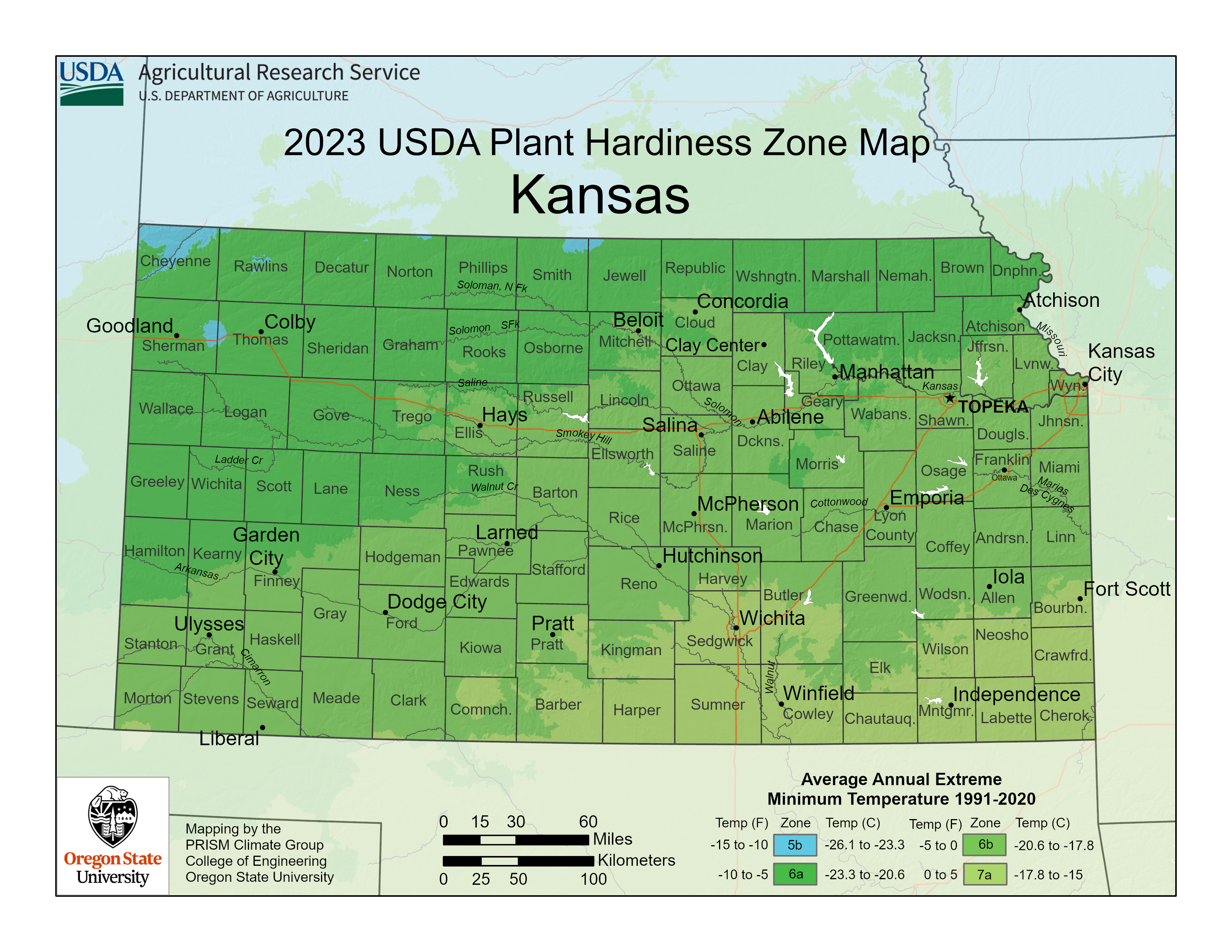
There’s a lot to know about Kansas plant hardiness zones, including extreme weather, gardening tips, and plant suggestions!
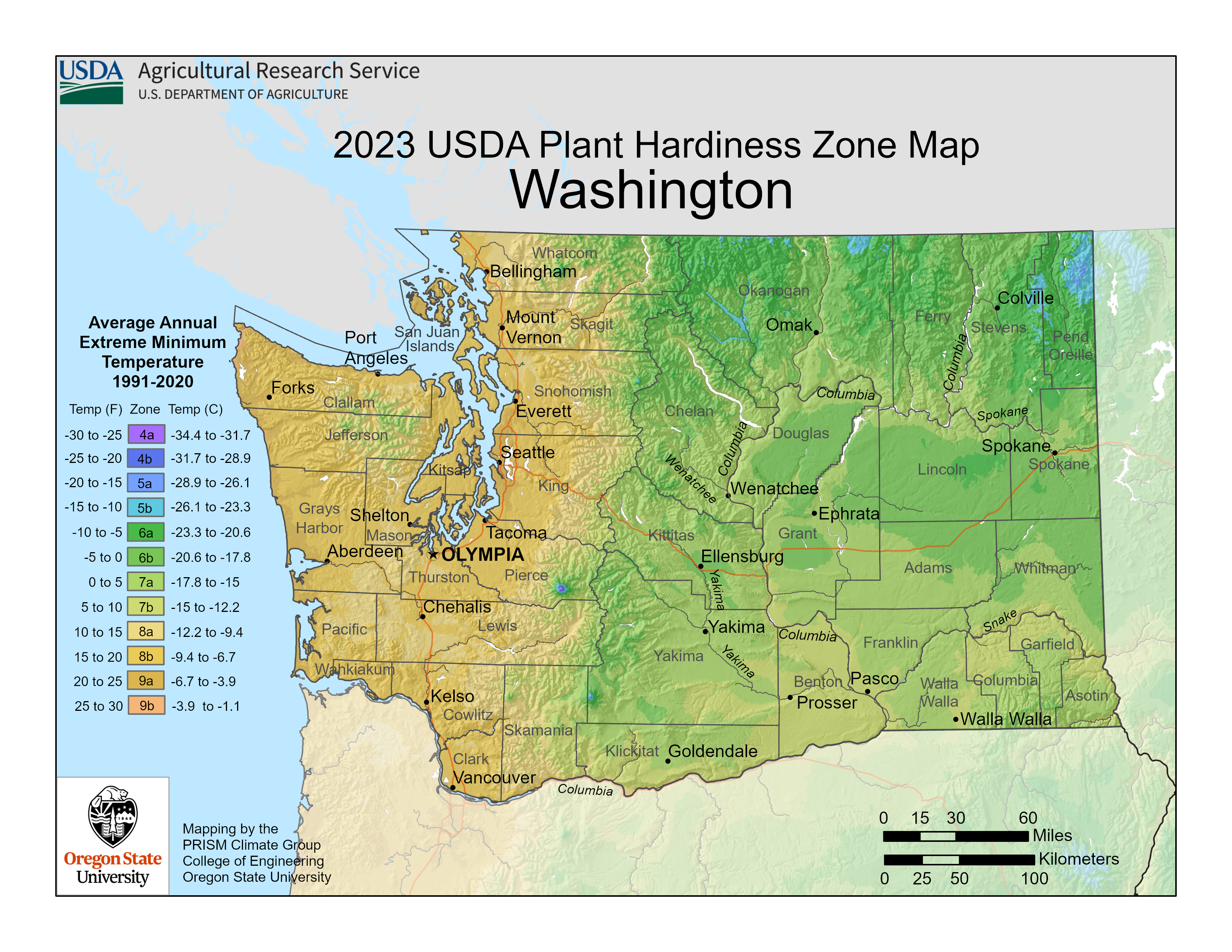
There’s a lot to know about Washington plant hardiness zones, including extreme weather, gardening tips, and plant suggestions!
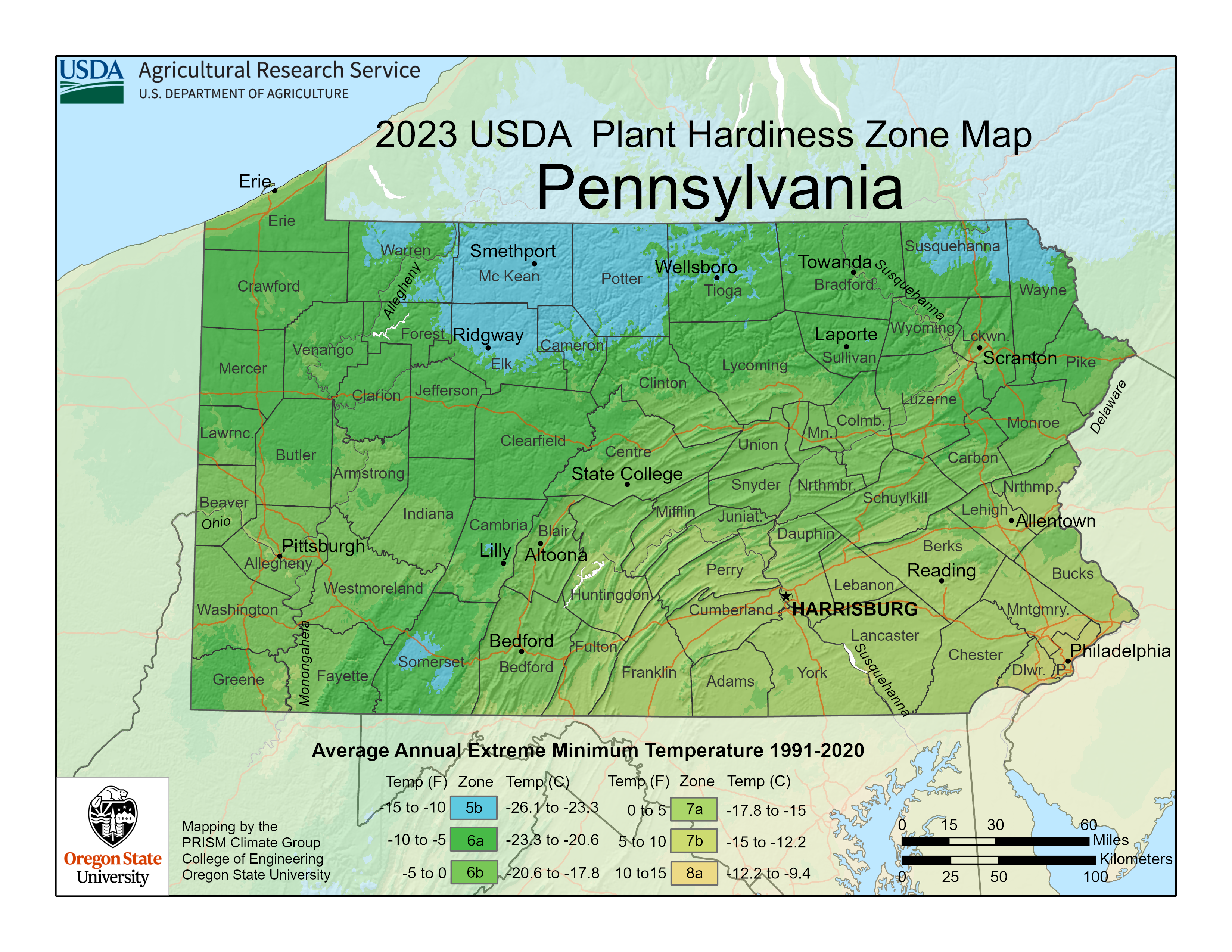
There’s a lot to know about Pennsylvania plant hardiness zones, including extreme weather, gardening tips, and plant suggestions!
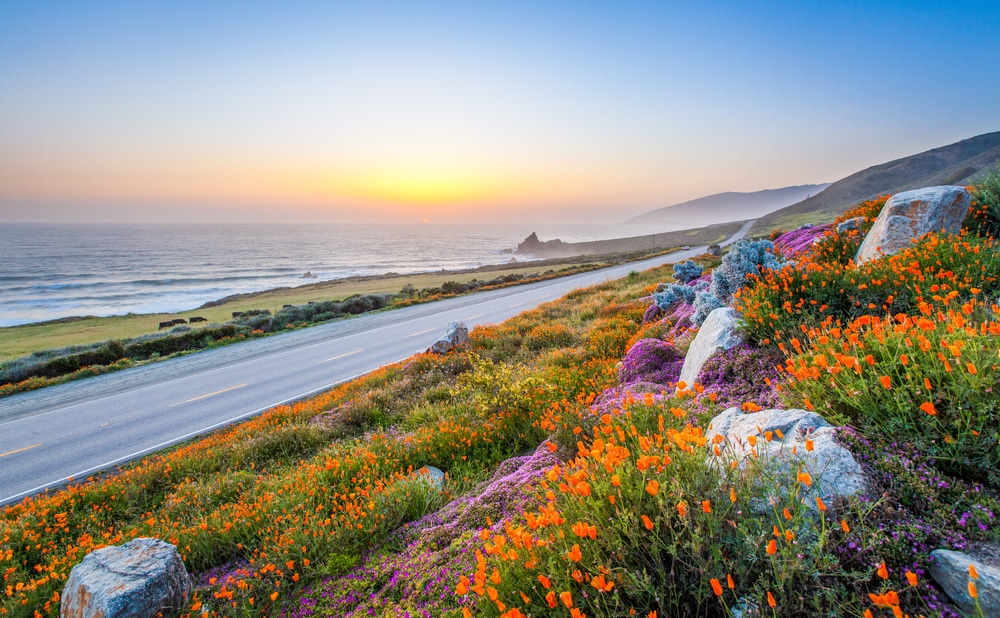
There’s a lot to know about California plant hardiness zones, including extreme weather, gardening tips, and plant suggestions!
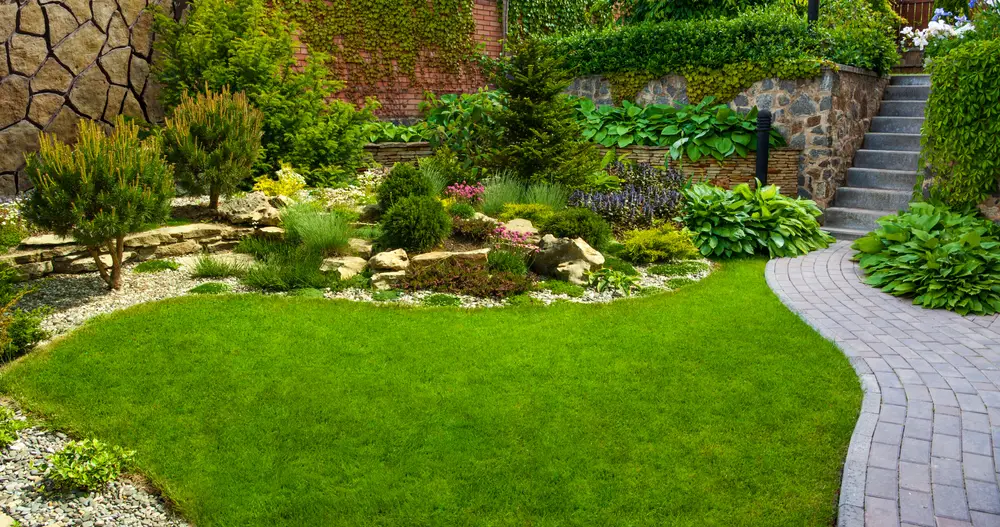
Creating a microclimate in your garden requires a series of careful steps and an understanding of how microclimates work.
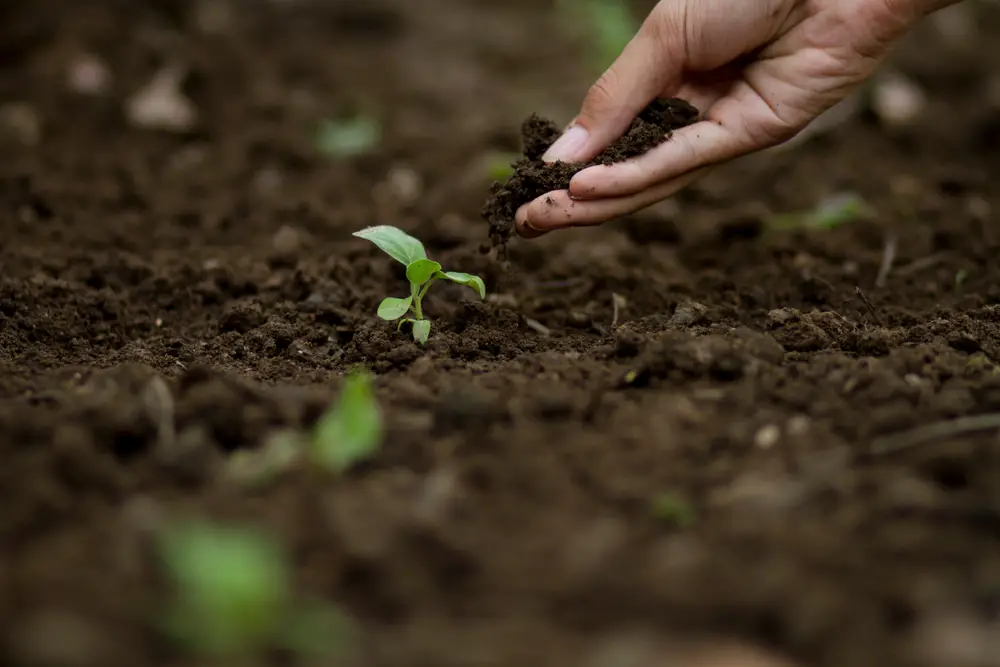
As gardeners, some of the most underrated skills we can develop are those we use to care for our soil. The best soil is a living ecosystem, supporting various decomposers who break down and recycle nutrients through the organic matter they consume.
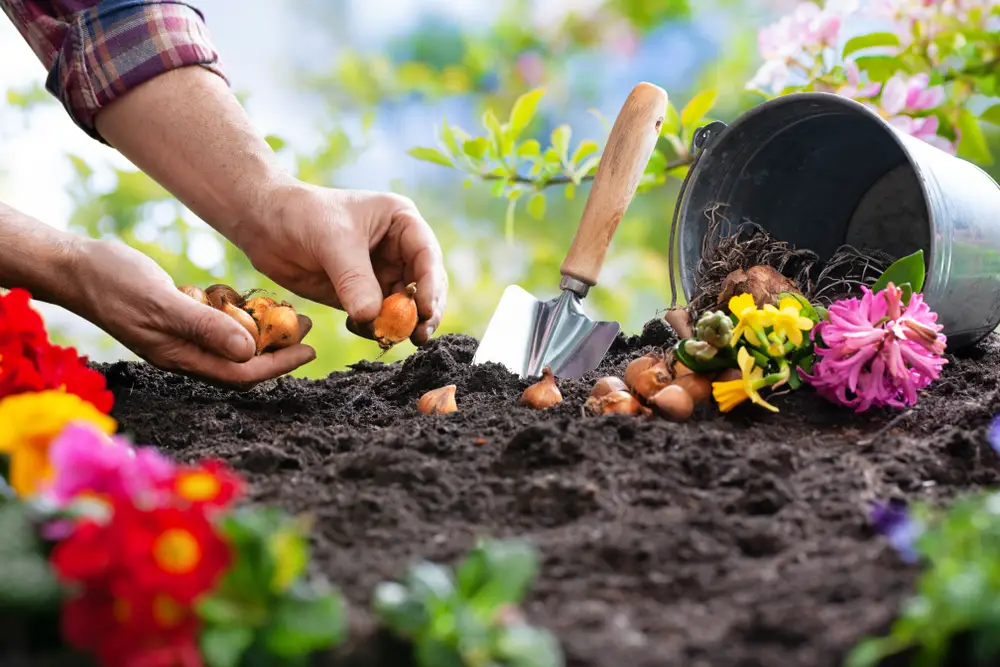
Few flowers are as showy and glorious as those shooting up from a summer-blooming bulb. Planting bulbs is neither laborious nor difficult.
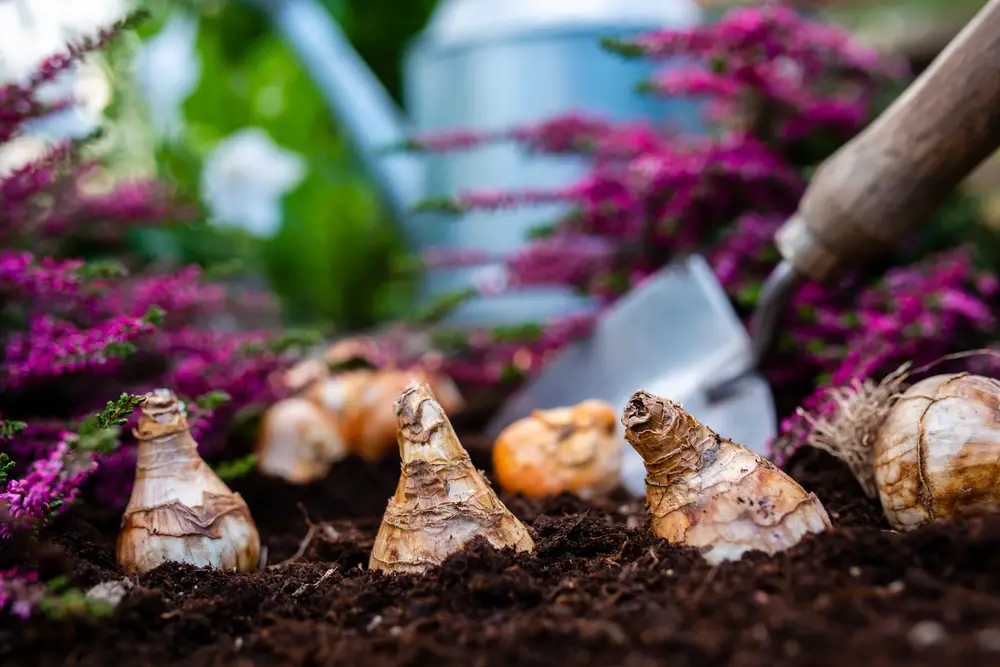
Planting bulbs in the fall for you to enjoy in the spring is an easy and highly rewarding garden job. No other addition will make the color impact to your garden that spring-blooming bulbs do.
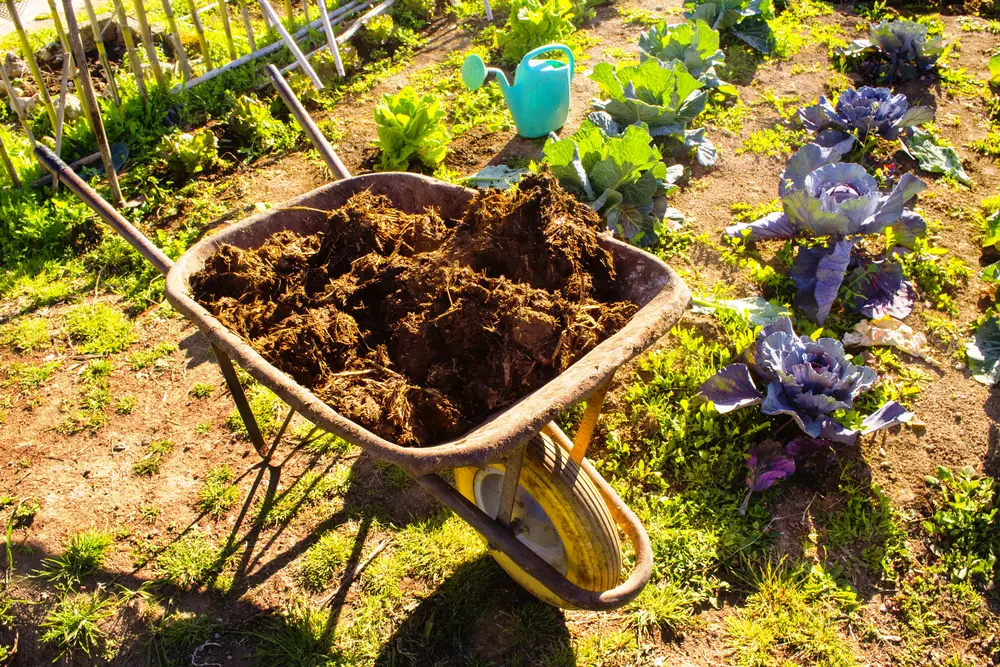
Making the shift to use naturally derived products to fertilize your garden is extremely easy. In fact, you can accomplish this in large part by using organic materials already present in your yard!

There are several simple practices you can incorporate into your gardening routine to help your soil and garden be the best they ever have been long into the future.
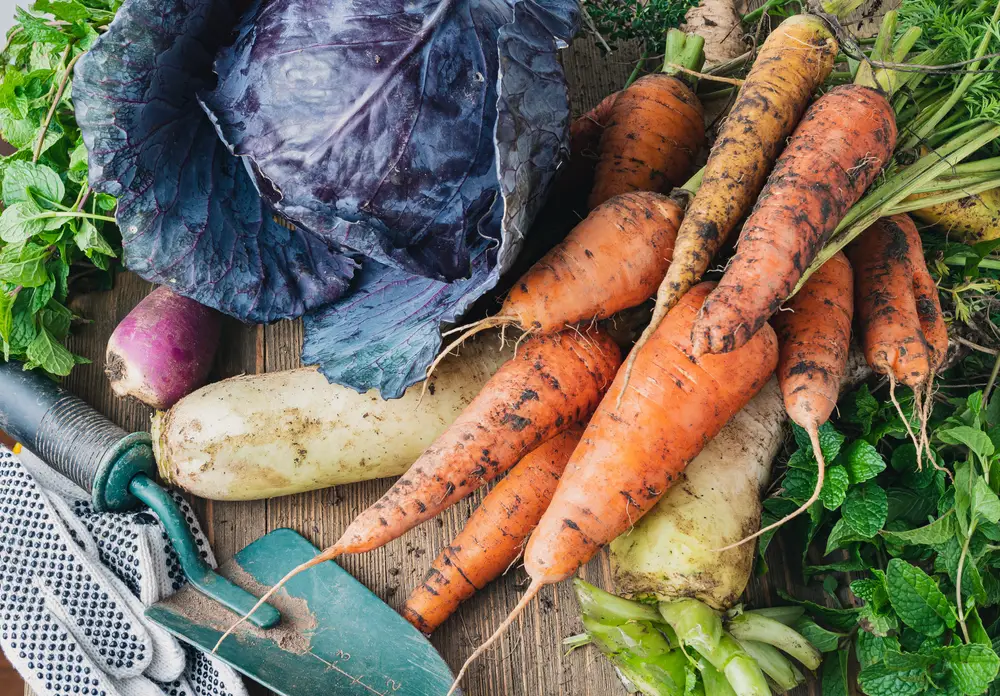
Growing vegetables in the winter can be difficult, but it gets easier when you know the best ones.
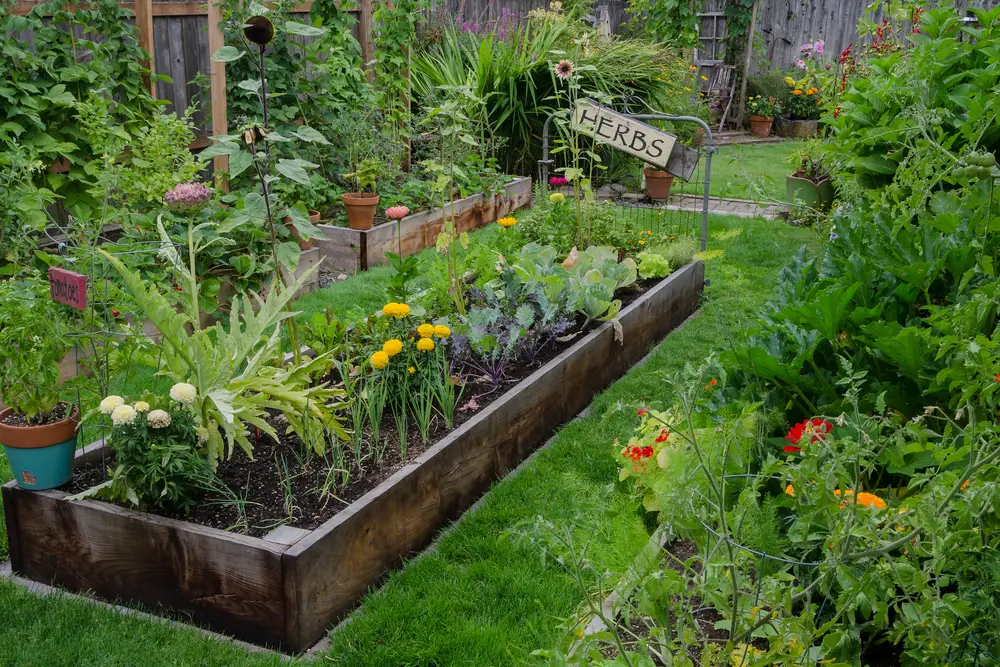
Microclimates are smaller climates within larger ones that deviate from the norm. Microclimates occur due to a variety of conditions such as light, wind, water, buildings, and property slope. Identifying your microclimate is essential to understanding what your garden needs, where to put it, and how to help it thrive.

Vermont’s plant hardiness zones include zones 4a, 4b, 5a, 5b and 6a. Across all these zones, its overall average extreme minimum winter temperatures range from -30°F (-34.4°C) to -5°F (-20.6°C).
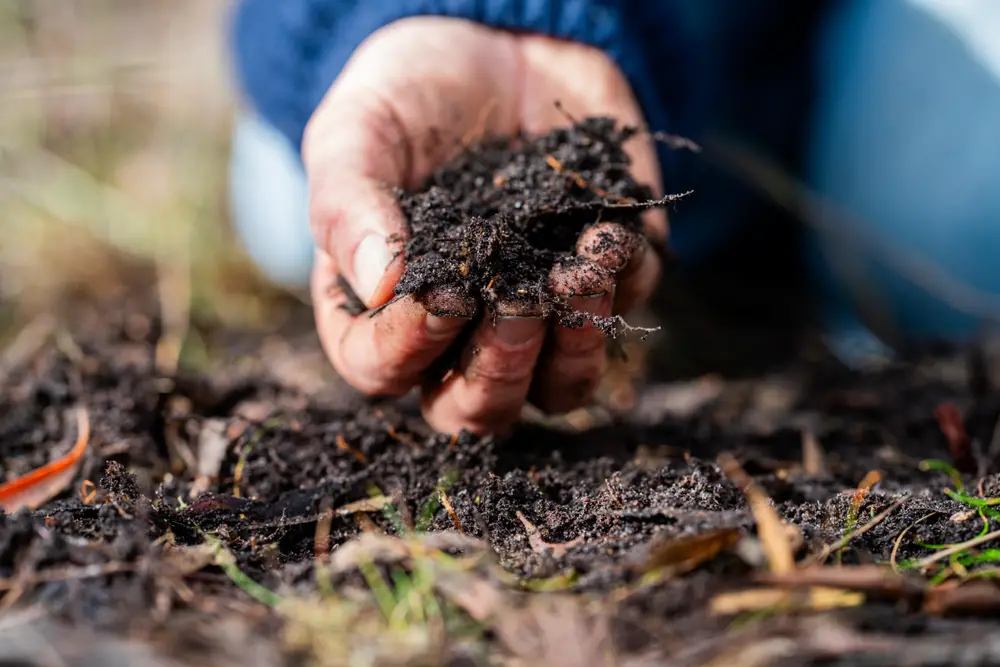
Whether or not fertilizer is necessary for your vegetable garden comes down to what kind of fertilizer you’re using and what’s already in your soil.
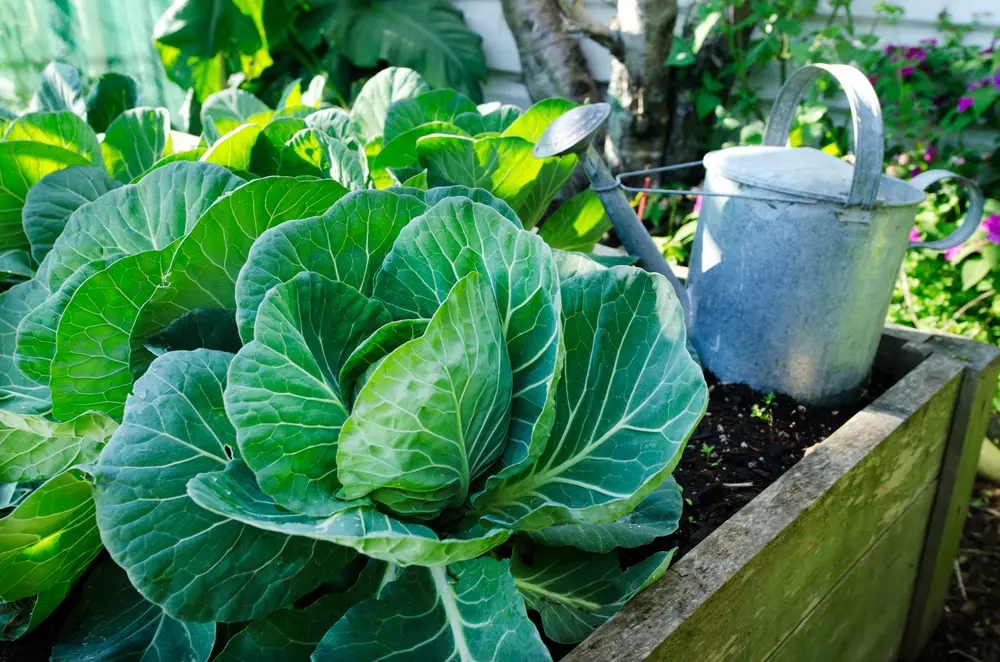
Maintaining your vegetable garden requires different steps for each season. But each step is essential to the health and growth of your vegetable garden.
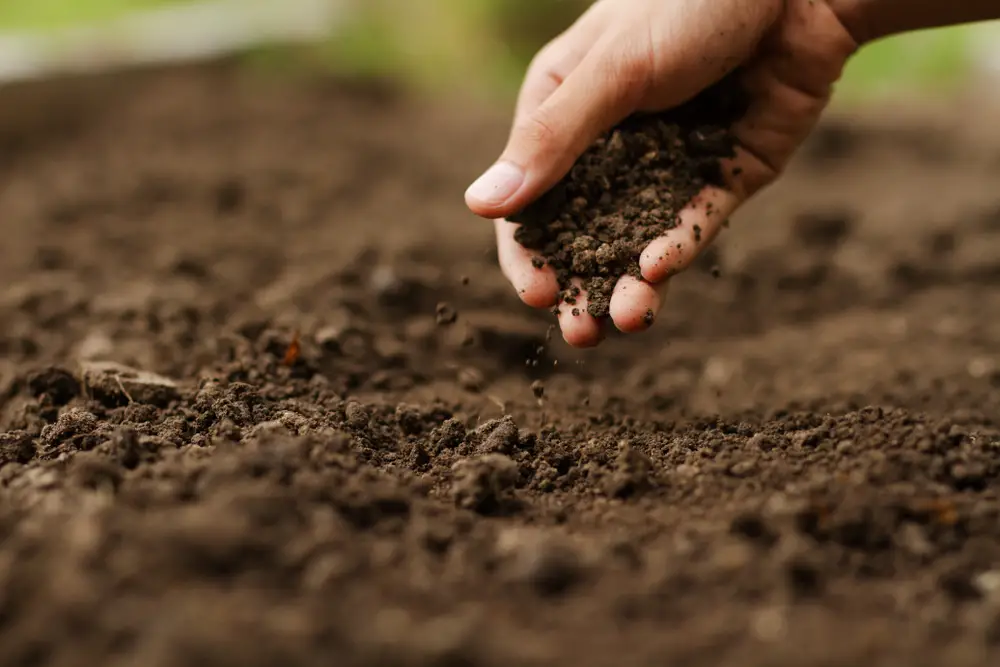
I know from experience you need to start with great soil to grow great vegetables. All year long, I am doing something or other to make sure my garden has good, healthy soil.
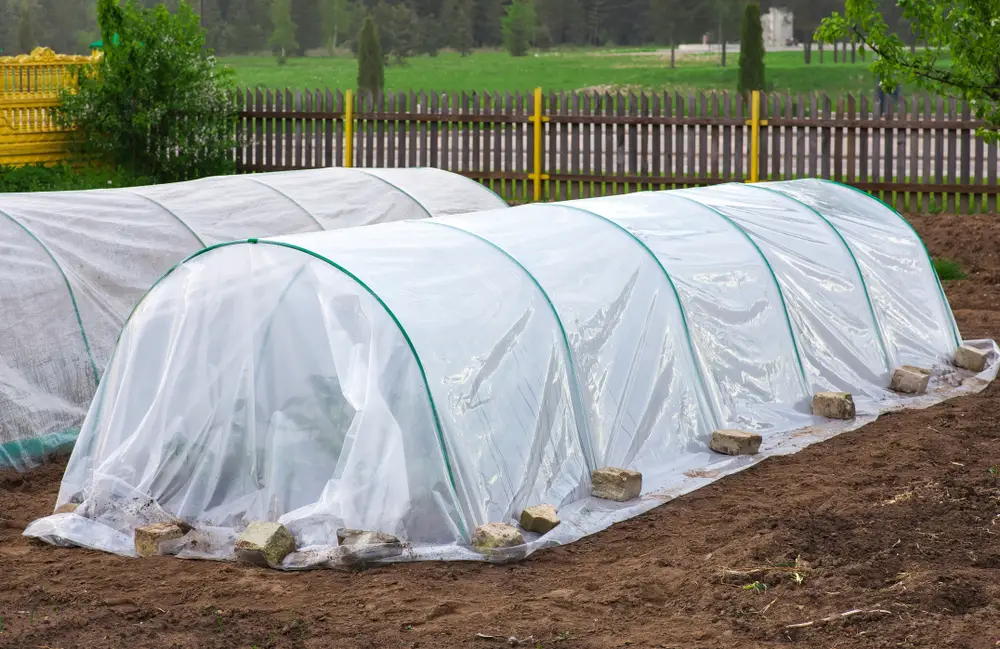
Let’s dive into what you can do to protect your vegetable garden from frost. The good news is these are the best tips and quickest methods gardeners commonly use, so you’ll be able to implement them quickly, too.
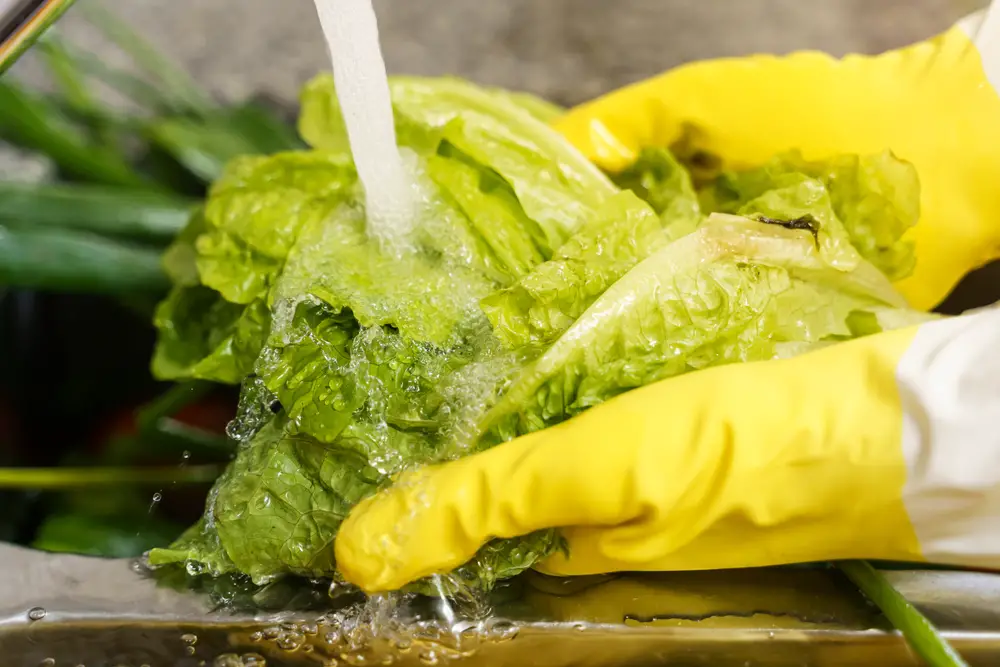
If you’re like me, you work hard to build your soil organically, stay mindful of the water you use, and avoid using synthetic fertilizers or pesticides.
But does this mean you can get away with not cleaning your vegetables? Specifically, does this mean you can get away with not washing them?
I wish it did.
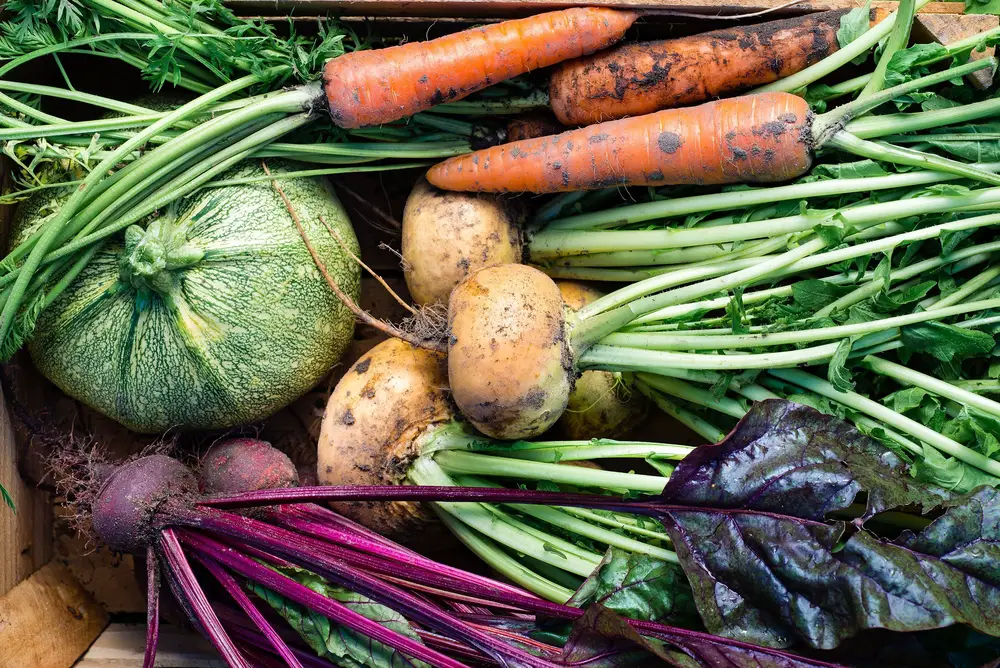
Every vegetable garden I’ve planted starts as a blank slate.
That blank slate can be exciting!
It represents the freedom to grow what you want. But freedom can also be overwhelming as you struggle with all the directions you can go.

A seed is the beginning and the end of your plant’s life cycle.
So, seed saving may be for you if you like bringing things full circle.
Seed saving is also very practical since you’ll be stocking up for your garden next year.
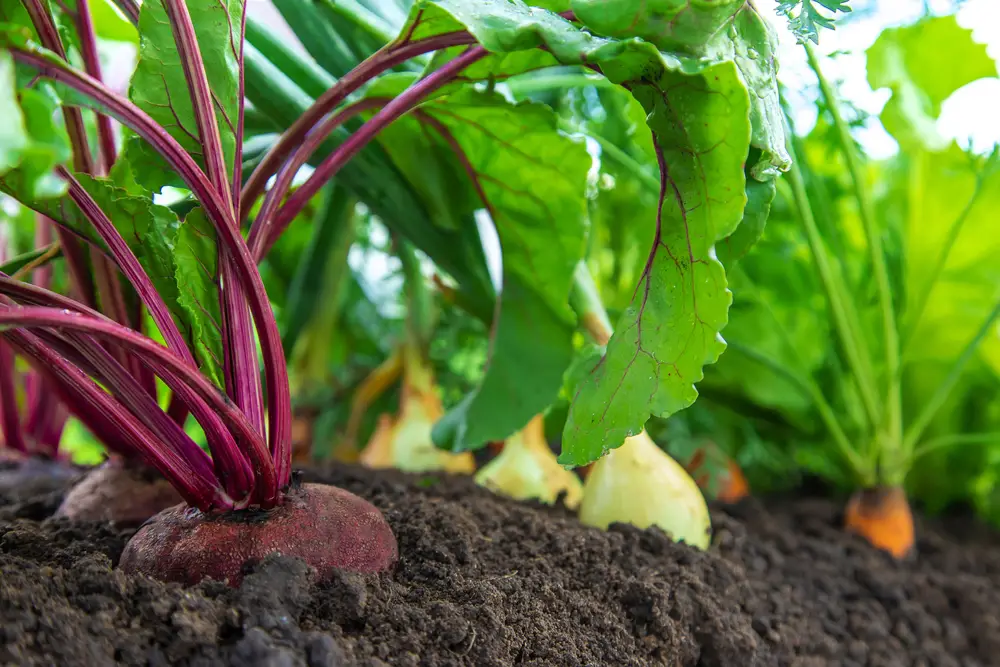
Whether it is your first or twentieth time planting a vegetable garden, following a few key steps will guide the process and bring your vision to life.
Here’s what to do, starting with deciding what to grow!